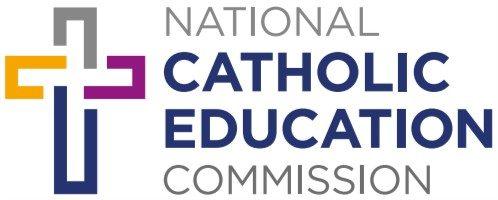The school funding model, introduced in 2017 and based on the recommendations of the Gonski review, was meant to put an end to the divisive public versus ‘private’ funding debate and provide certainty for non-government schools.
As I wrote in The Age last week, the school funding debate is too often railroaded by ‘experts’ highlighting a few ‘elite’ school stereotypes when the reality is most non-government schools serve a broad and diverse cross-section of the community.
Recently, we saw this debate being reignited over the Victorian Government’s removal of payroll tax exemptions for some non-government schools to help repay the state’s COVID-19 debt. These exemptions are rightly in place to ensure non-government schools aren’t bearing costs their state counterparts do not carry. In some cases, the amount of payroll tax would be greater than the amount of state government funding the school receives.
The argument the Victorian government makes, that the proposed payroll tax exemptions will affect just a handful of ‘high fee’ schools, is also concerning. Once concessions are removed for some schools, what is to stop the threshold changing again and capture more non-government schools in the future?
As someone who has been deeply involved in school funding over two decades, as a former senator and now as head of the National Catholic Education Commission, I attribute policy decisions like these to a general lack of understanding of the complexity of school funding in Australia.
One of the common misconceptions is that non-government schools get 100 per cent of the base funding per student, called the Schooling Resource Standard (SRS), while public schools only get around 90 per cent, in the case of Victoria. This is incorrect. Non-government schools can only receive between 20 and 90 per cent of the SRS based on an assessment of the parents’ capacity to contribute to school funding. The parent contribution varies significantly from school to school. On average, Catholic school families are expected to contribute around 23 per cent of the SRS though school fees.
In dollar figures, government schools received, on average, $20,940 in government funding per student in 2020-21. Non-government schools received $12,442 per student.
School funding is highly complex and is regulated under federal legislation and national agreements between the federal government and states and territories. Any arbitrary decisions outside of these frameworks not only set a precedent for other states and territories, but have the potential to impact significantly on a carefully-calculated and considered needs-based funding formula.
Part of that impact is the financial burden on families who contribute significantly to their child’s schooling in an increasingly challenging financial climate, with the highest interest rates in over a decade, and increasing pressures on the cost of living.
Policy decisions can’t be made in a vacuum, and it’s unhelpful and divisive to pit school sectors against each other and continues to inflame the school funding wars when we should be getting on with the job of improving schooling.
This issue was discussed at the Senior Finance Officers network meeting in Canberra last week. Finance leaders from each state and territory also discussed resource strategies to enhance the accessibility of Catholic schools. The network also met with Department of Education representatives to discuss school funding and data collection within the Catholic sector and received an update on the key education measures outlined in the Federal Budget.
Jacinta Collins
National Catholic education executive director
Image: Catholic Schools NSW
